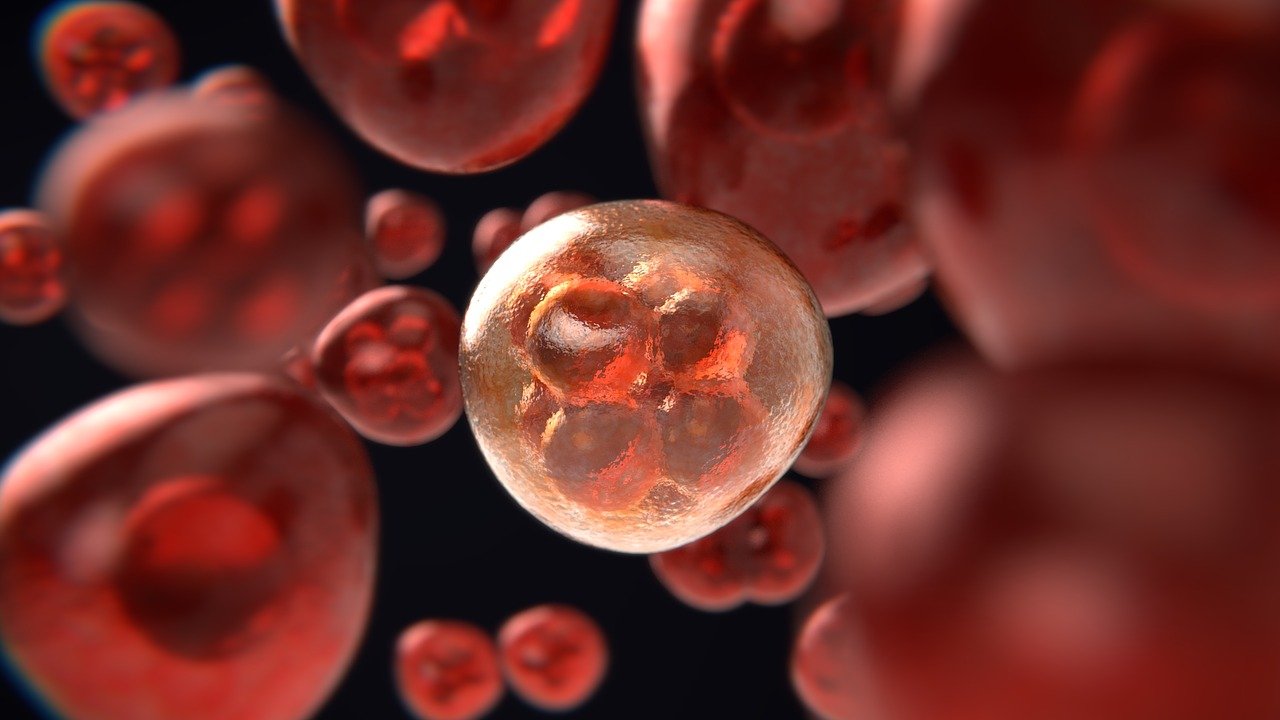Cancer-seeking microbots: a cure for cancer?
One in two people in the UK will be diagnosed with cancer within their lifetime.
Cancer is often defined as the uncontrollable growth of cells with the potential to invade or spread across the body. These malignant tumours are often unaffected by the immune system since they are recognised as ‘self-cells’, meaning that the body does not recognise them as foreign or potentially harmful to the body. This is a huge obstacle for cancer therapies, as every case is different and there is no universal drug or treatment that is guaranteed to work for everyone.
Cancer is an increasingly important issue around the globe, as well as within the UK. Novel cancer treatments are constantly being researched and developed to help deliver new treatment plans for tumour growth.
Every year there are approximately 367,000 new cancer cases in the UK, meaning every two minutes someone in the UK is diagnosed with cancer. This staggering statistic highlights the importance of cancer research. Although treatments for cancer already exist, there are still various types of cancer with no effective treatment plans, as well as patients whose immune systems and tumour cells do not react to certain therapies.
Every two minutes someone in the UK is diagnosed with cancer
A new treatment that is currently under development is drug-carrying microrobots, which aim to deliver drugs directly to the tumours. The tumours may be located deep within the body, or even surrounded by healthy cells. These microrobots are known as micro-rollers, and navigate the body by rolling along the walls of blood vessels.
The proposed microrobots overcome the issue that many similar nanorobots face: the force of blood flow impeding its propulsion and movement. These spherically shaped micro-rollers have been designed to have two functional sides, both equally significant in this new experimental cancer treatment.
One functional side includes magnetically responsive microparticles, that can be controlled by scientists by exerting an external magnetic field to control the direction of the micro-rollers. The bots roll along the wall of blood vessels since this is where blood flow is the slowest.
One functional side includes magnetically responsive microparticles that can be controlled by scientists by exerting an external magnetic field to control the direction of the micro-rollers
A challenge faced by many current cancer treatments that are clinically available is the damage to surrounding healthy cells. Micro-roller therapy would be highly beneficial to patients since it would result in minimal damage to healthy cells and minimise the side effects of many other therapies, such as toxic chemotherapy drugs.
The other side of the micro-roller spheres is coated with antibodies specific to cancer cells, as well as cancer drug molecules, helping them to selectively bind to cancer cells and leaving the healthy cells intact. Once the bots reach the site of the tumour, physicians could attack them with UV light to trigger a chemical reaction, which would release the cancer killing drugs and antibodies.
An issue arises from this form of treatment, since prolonged exposure to UV light can result in damage to healthy cells. Therefore, the team of scientists who developed these micro-rollers aim to investigate other methods of releasing the drug, such as using temperature change as a trigger. However, the mechanism for this have not yet been determined.
This potential new treatment for cancer is highly revolutionary as it would remove a great deal of side effects for many patients. More so, it could encourage patients who may have been deterred from seeking cancer therapies before, due to their complications, therefore helping reduce the global mortality rate of cancer. This would be a huge advancement in the clinical and scientific world, since cancer is one of the hardest battles scientists have been fighting for decades.
This novel treatment of using microrobots to effectively deliver drugs to specific malignant tumour sites, while bypassing healthy cells, will be a pivotal advancement in cancer therapy.

Comments